
On September 30, 2025, the National Weather Service put out a huge beach hazard warning that stretched across six states along the Great Lakes. The alert told nearly 66 million people to stay out of the water because of powerful waves and dangerous, life-threatening currents.
This marked the largest simultaneous advisory in Great Lakes history, raising urgent safety concerns for millions of people as beach season came to an end.
Escalating Danger
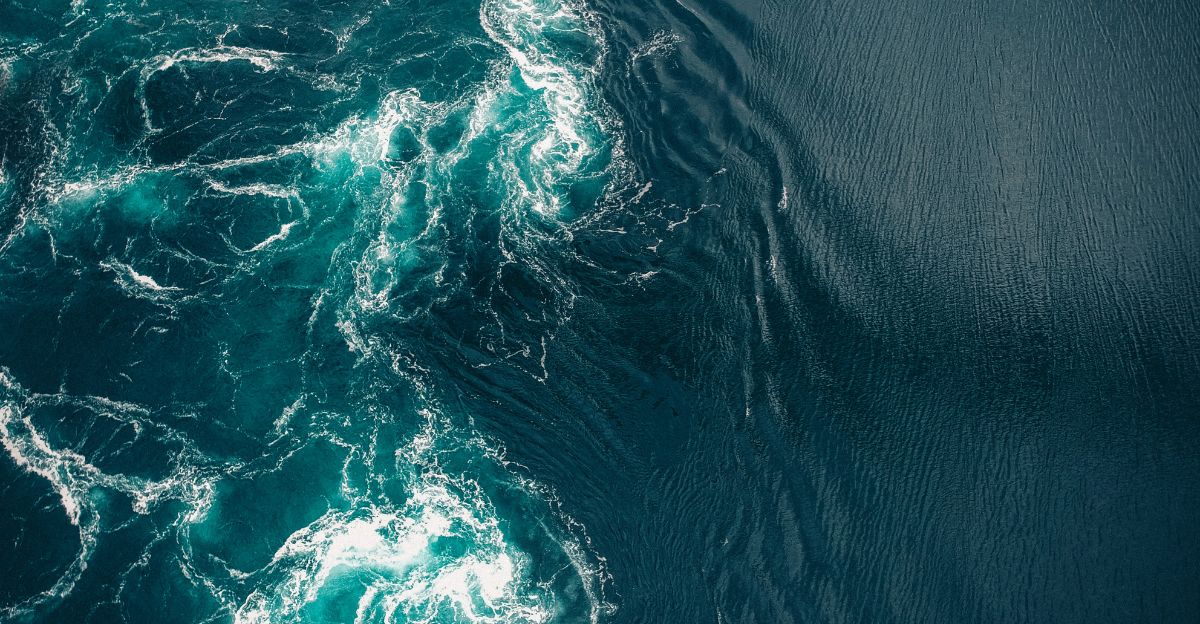
Officials across the affected states worked quickly after forecasts called for waves reaching 4 to 6 feet, along with rip currents strong enough to sweep swimmers and boaters off their feet.
The advisory stretched across every major shoreline of the Great Lakes, with warnings posted at beaches, piers, and other popular spots. Residents faced a rare, region-wide restriction on lake access, intensifying public anxiety.
Historical Context
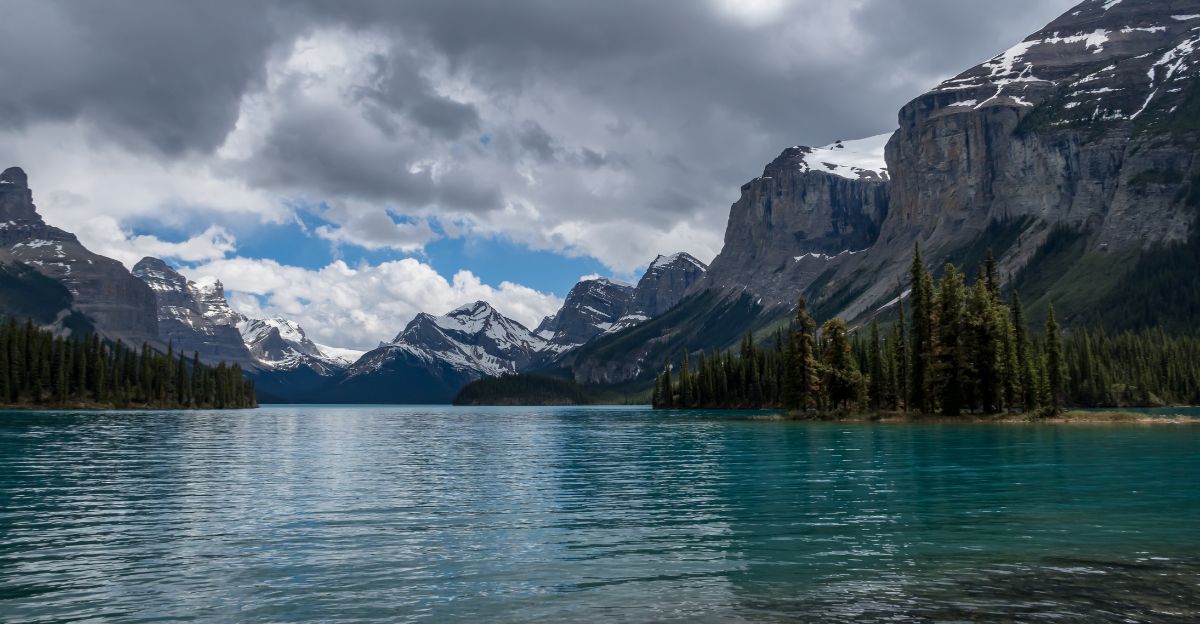
The Great Lakes region is no stranger to weather warnings, but seeing all six states under the same advisory at once is something that’s never happened before.
In the past, these kinds of alerts were usually localized, affecting one or two states at a time. This time, though, the scale was much bigger. This escalation reflects growing concerns about climate-driven volatility in lake conditions.
Mounting Pressures
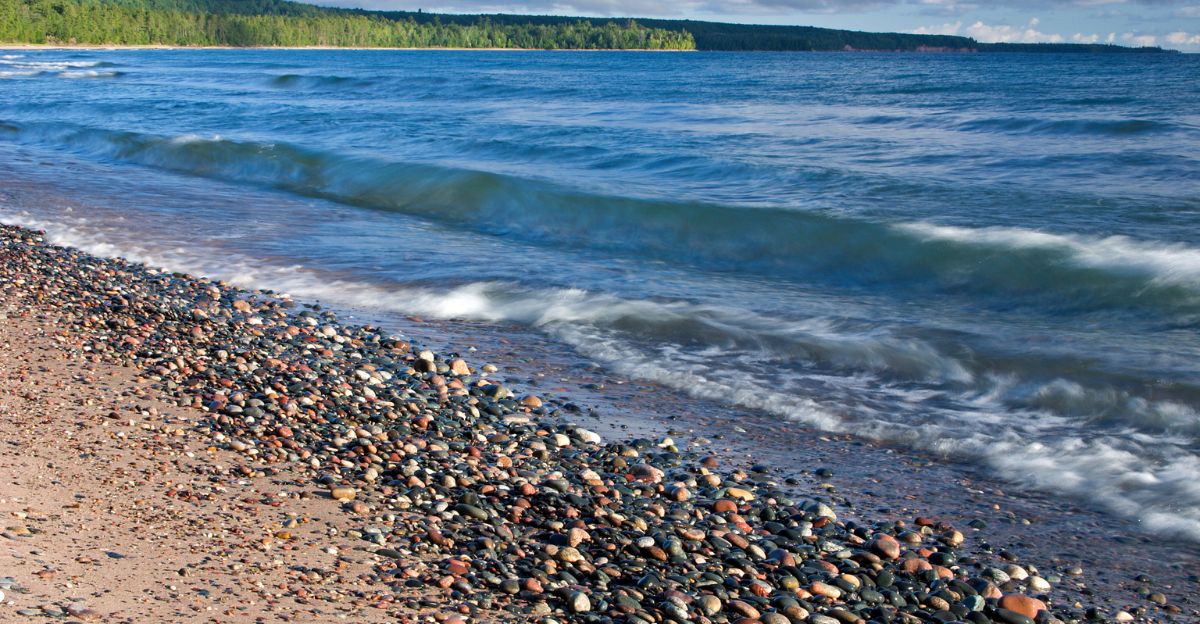
Recent years have seen increased reports of hazardous currents and unpredictable wave patterns. Officials cite climate change, shifting wind patterns, and seasonal transitions as contributing factors.
The September 2025 event followed a summer of above-normal temperatures and below-average precipitation, priming the lakes for instability.
Six States
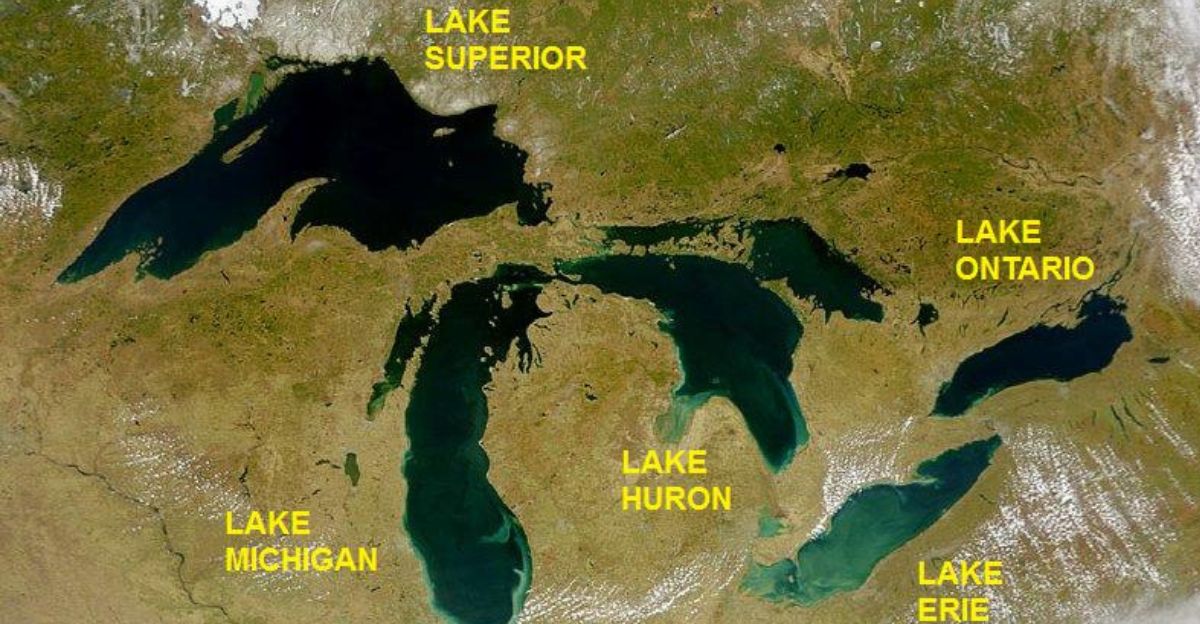
The National Weather Service issued beach hazard warnings for New York, Pennsylvania, Ohio, Michigan, Wisconsin, and Minnesota.
A beach hazards statement from NWS Cleveland stated: “Wind and wave action will cause currents on the lakeshore. Swimmers should not enter the water. Currents can carry swimmers away from shore through a sand bar and along structures extending out into the lake.”
Regional Impact
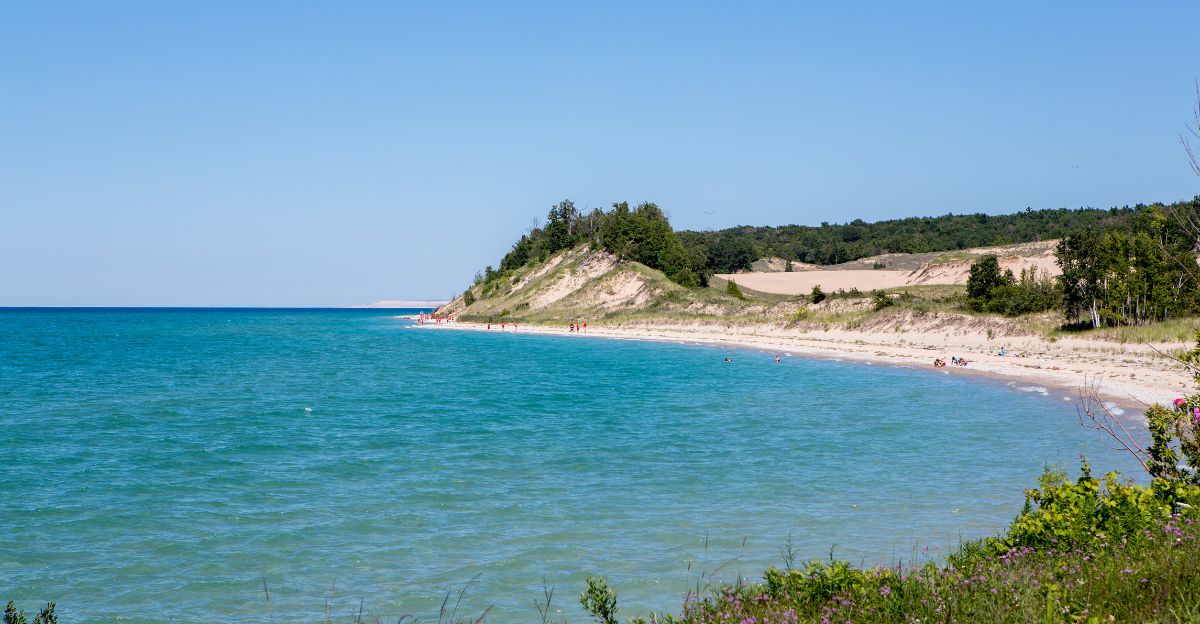
Michigan’s Department of Natural Resources began removing swim buoys and flag systems after Labor Day, signaling the end of designated swim areas.
Rescue equipment was still available along the shore, but officials made it clear that swimming was strongly discouraged. Similar measures were enacted in other states, amplifying the advisory’s reach.
Human Toll
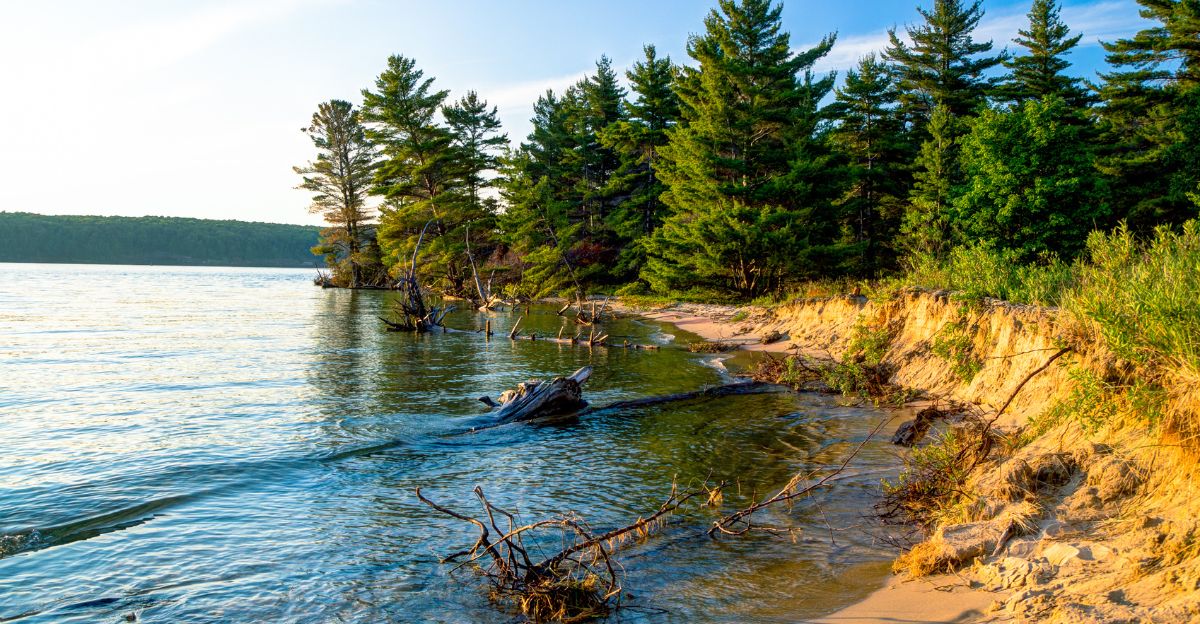
Communities along Lake Erie and Lake Superior quickly started reporting confusion and growing concern. “Swimmers should not enter the water,” warned NWS Cleveland.
Beachgoers, local businesses, and tourism operators faced abrupt disruptions as officials closed access to popular shoreline destinations.
Regulatory Response
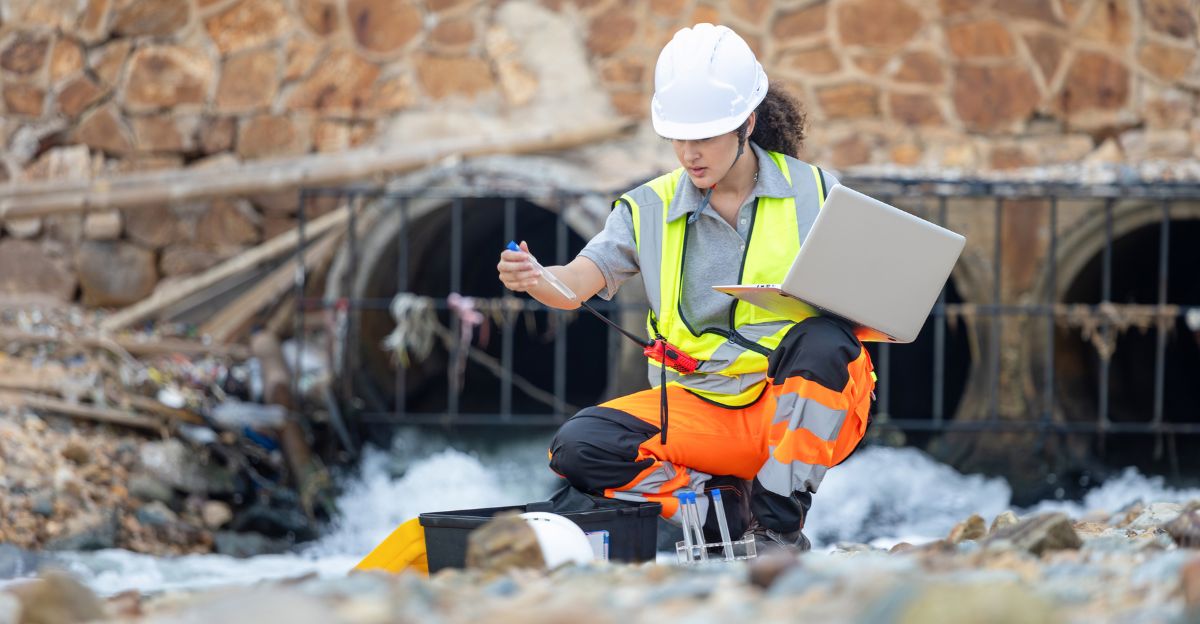
County health divisions intensified water quality monitoring, with Oakland County in Michigan sampling 100 beaches for E. coli and other hazards.
Beaches failing to meet safety standards were closed until further notice, reflecting heightened regulatory vigilance during the advisory period.
Their Prediction

The National Weather Service predicted that dry conditions would linger across the region, with elevated risks for hazardous lake events expected to continue through the end of 2025.
Officials warned that the combination of low precipitation, warmer temperatures, and shifting winds could fuel more unstable lake patterns, increasing the likelihood of dangerous waves and rip currents well into the colder months.
Why It’s Important
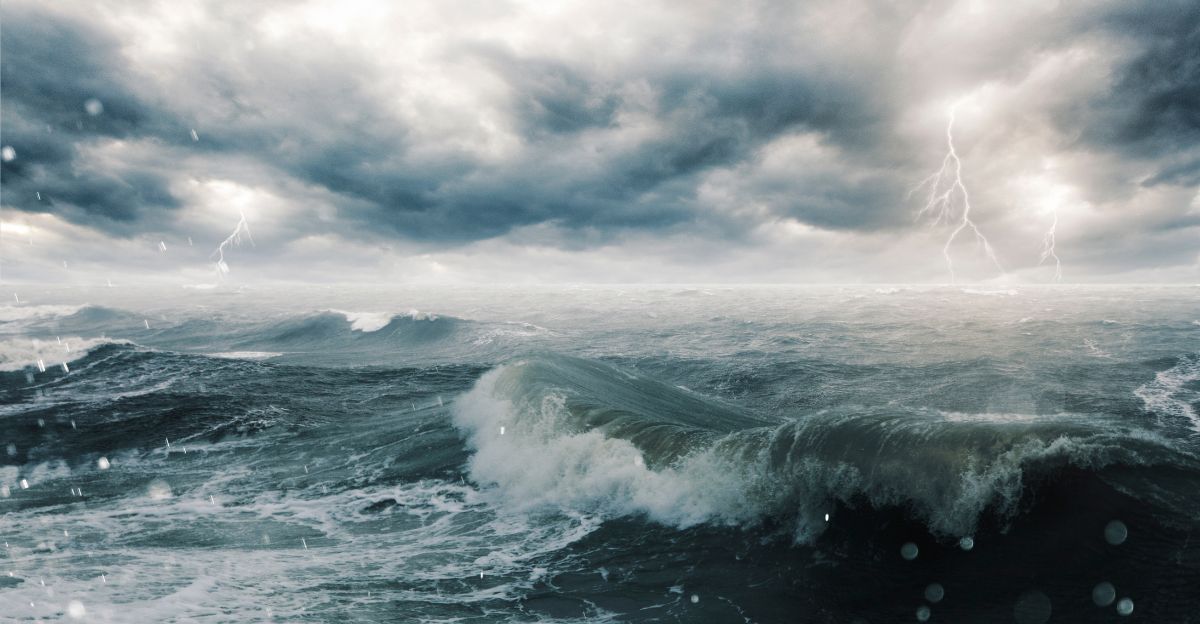
The Great Lakes are one of the country’s top summer getaways, attracting millions of visitors each year. But these conditions were serious enough to threaten even the strongest swimmers.
In recent years, the region has recorded dozens of drownings, a sobering reminder of why it’s so important to take advisories seriously and follow safety warnings.
Stakeholder Frustration
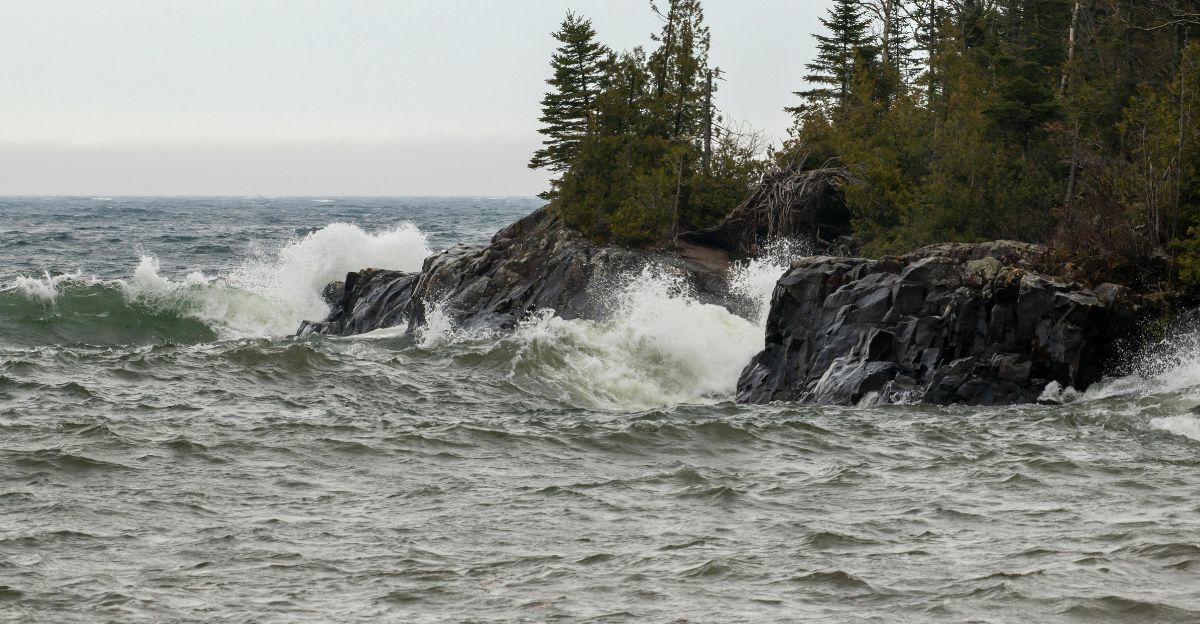
Local tourism boards and business owners expressed frustration over the timing and scope of the advisory.
Many had anticipated a busy fall season, only to face sudden closures and lost revenue. Residents voiced concerns about the lack of clear communication regarding when these conditions would improve.
Leadership Shift
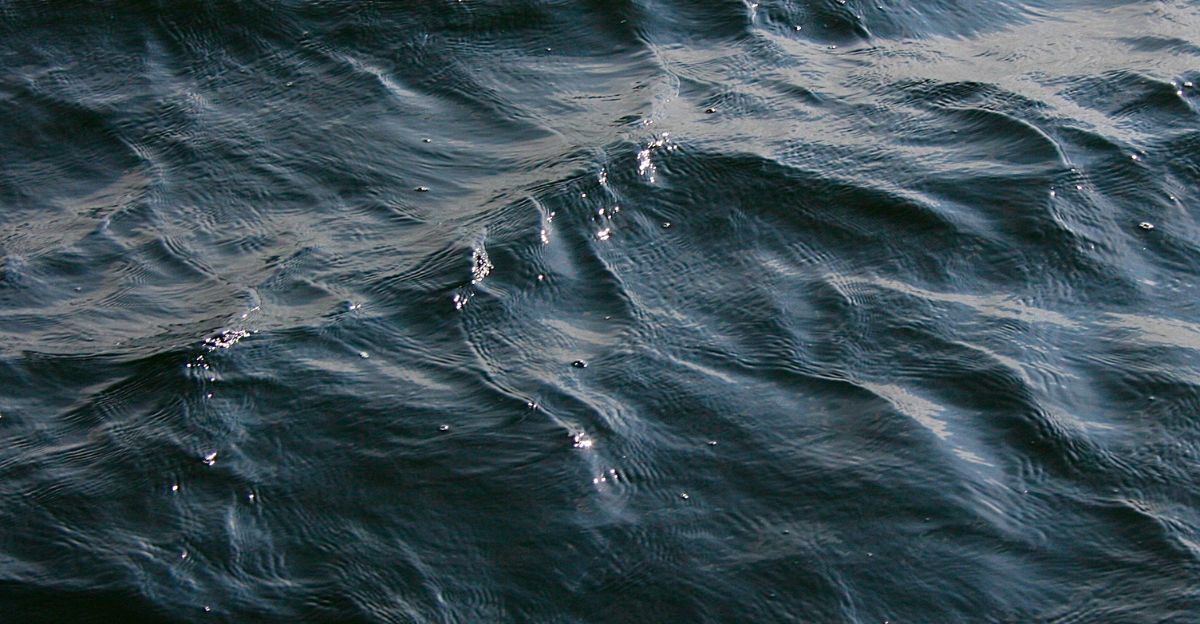
State park supervisors, such as Pat Whalen of Michigan’s DNR, took a leading role in public messaging.
Whalen emphasized the importance of removing safety markers due to high winds and waves, underscoring the shift from summer to off-season protocols.
Comeback Attempt

Some counties began experimenting with rapid water quality testing technologies, designed to deliver same-day results instead of waiting days for lab processing.
The goal was to shorten beach closures by quickly confirming when conditions had improved, allowing safe areas to reopen sooner.
Expert Outlook

Meteorologists and environmental scientists warned that such large-scale advisories could become more common as time passed.
They cited increased storm activity, fluctuating lake levels, and climate variability as ongoing challenges for public safety and lake management.
Looking Ahead
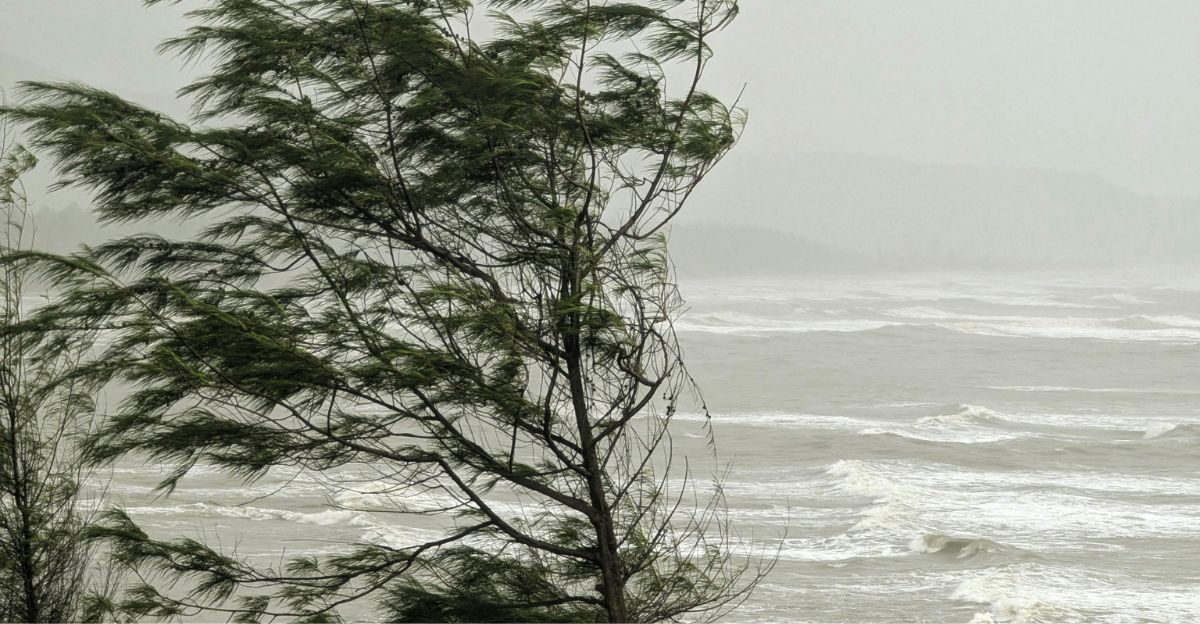
With the transition to La Niña conditions forecast for autumn, officials anticipate continued volatility in Great Lakes weather.
Residents are urged to monitor advisories and exercise caution, as unpredictable waves and currents could persist into the winter months of 2025.
What The People Are Saying

NWS office in Duluth, Minnesota, said in a beach hazards statement: “High wave action can make swimming difficult on days such as this. Incoming waves in rapid succession can tire even an experienced swimmer quickly. Rip currents can move you away from land. To avoid being swept away, swim parallel to the shore to exit a rip current.”
On top of that, the NWS office in Gaylord, Michigan, cautioned, “Remain out of the water to avoid hazardous swimming conditions.”
International Ripple
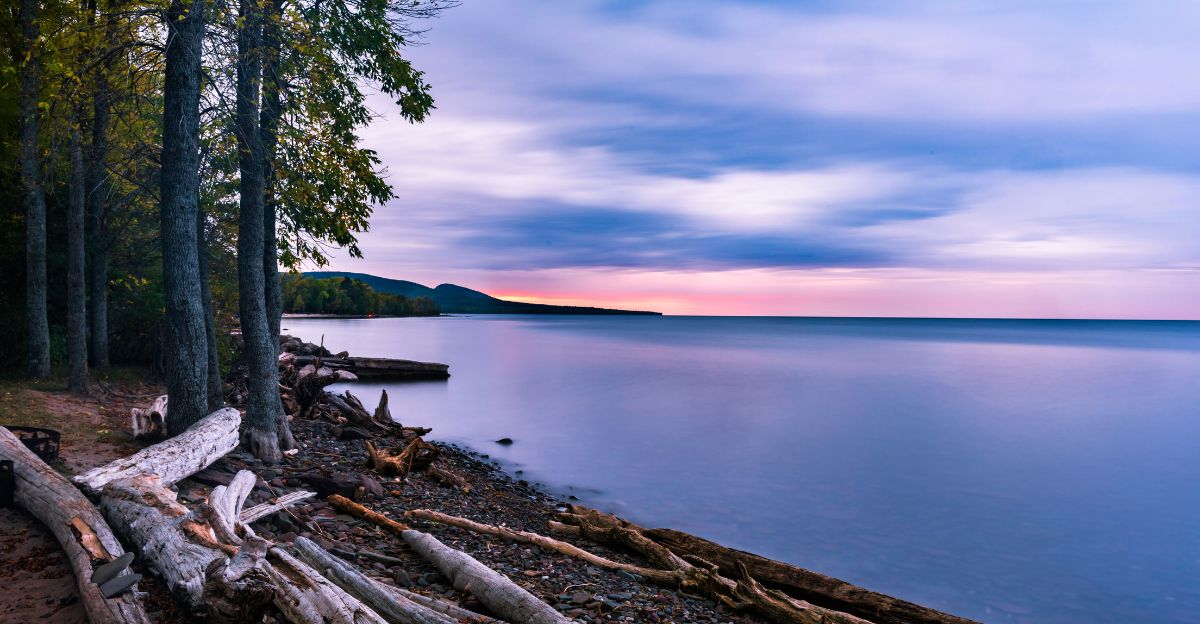
Canadian communities along Lake Superior also faced dramatic swings in water levels back in June 2025, showing the cross-border nature of Great Lakes hazards.
Coordination between U.S. and Canadian agencies remains critical for an effective response.
Environmental Groups
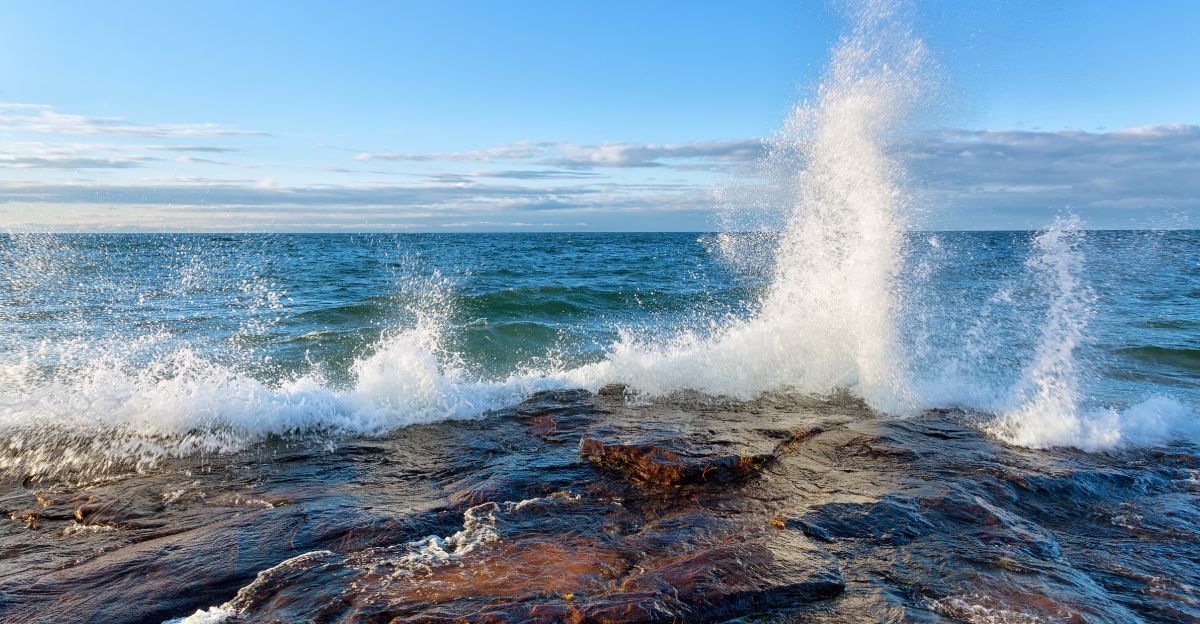
Environmental groups are advocating for stricter regulations on shoreline development and pollution control, arguing that human activity exacerbates lake instability.
Legal debates continue over state authority to restrict public access during emergencies.
Cultural Shift
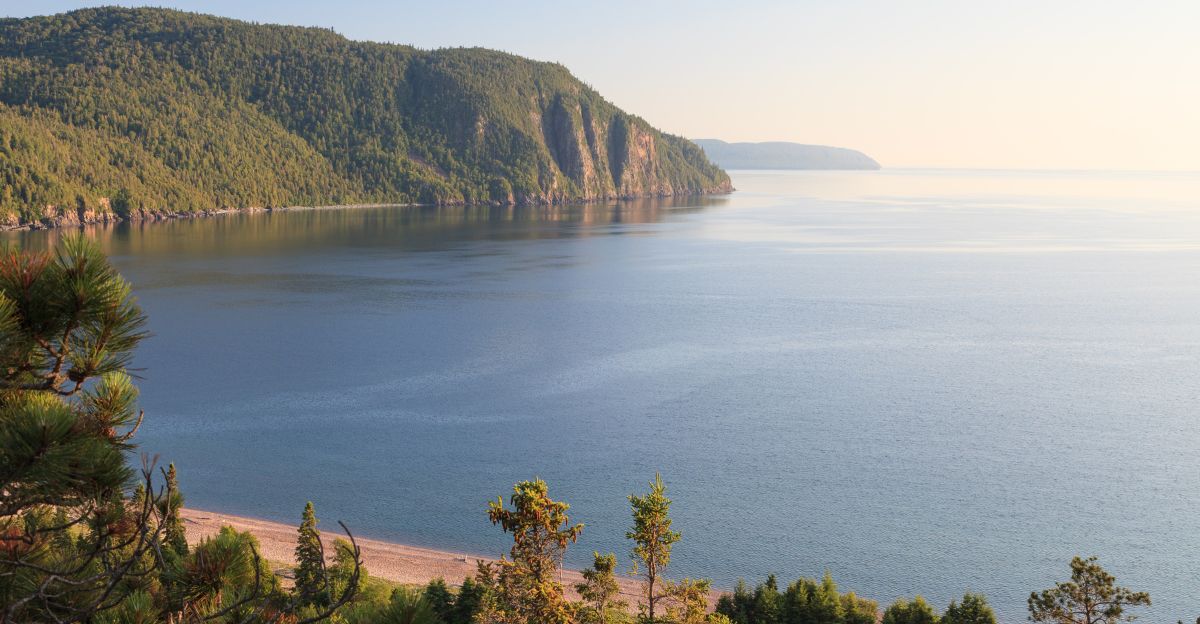
The widespread advisory has shifted public perceptions of lake safety. Communities are increasingly aware of the risks posed by changing weather patterns, prompting renewed interest in water safety education and preparedness.
The September 2025 Great Lakes advisory signals a new era of climate-driven challenges for the region. As extreme weather events become more frequent, officials and residents must adapt to evolving risks, prioritizing safety and resilience in the face of uncertainty.
Staying Informed
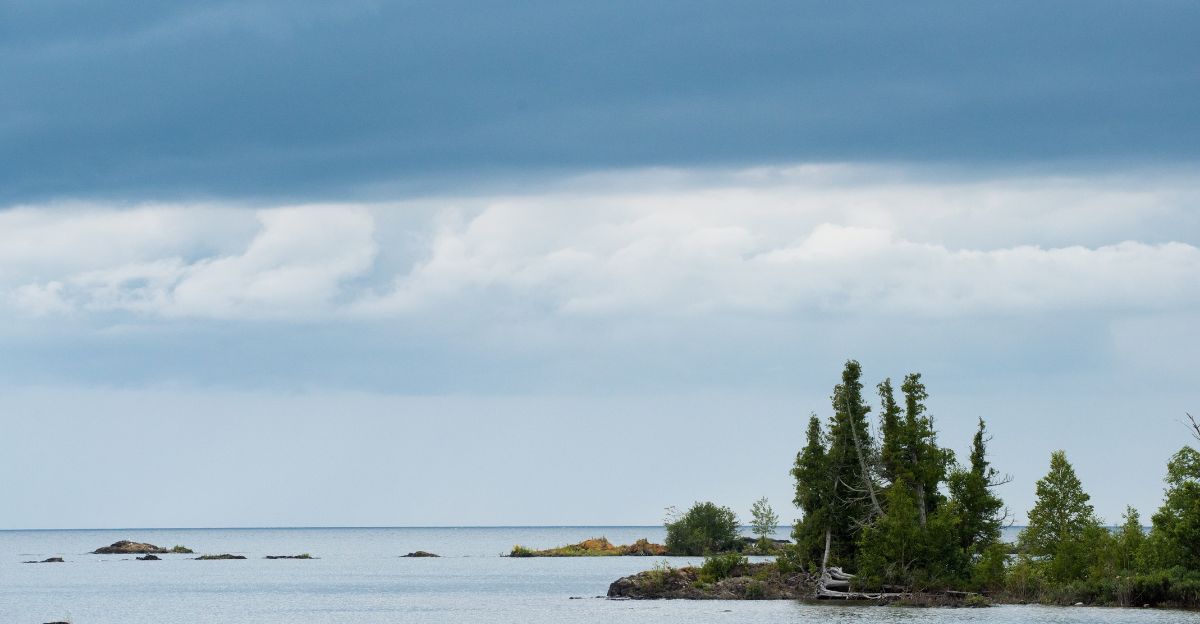
Officials urge residents and visitors to keep a close eye on the latest weather alerts and advisories through local National Weather Service channels.
Beach hazard statements will stay in place until conditions are deemed safe and will be reviewed on a regular basis. Anyone planning to swim, boat, or enjoy lakefront activities should check for updates frequently and avoid entering the water until officials confirm that all warnings have been lifted.